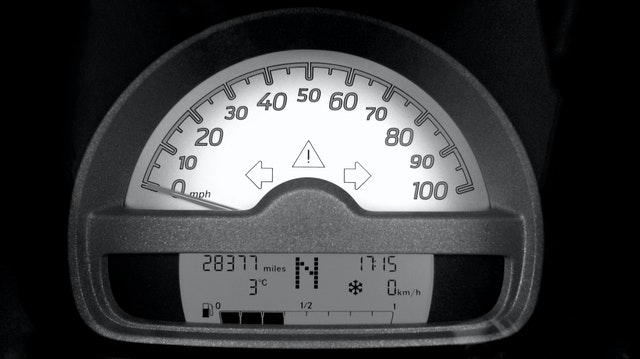
Accurate and reliable temperature control is essential across multiple industries and various applications. For operations to run smoothly and safely, it’s necessary to monitor and measure temperatures, adhering to industry requirements and environmental factors.
You’ll find temperature controllers in research laboratories, product development centres, processing plants, and many other industry applications.
Temperature controllers work by measuring the environmental temperature (called the process variable) and comparing it with the required value (called the set value). The difference between these two values is called the error or deviation. Using this deviation, temperature controllers will calculate how much cooling or heating is required to achieve the desired value.
Different temperature controllers fit specific applications. Read on to learn how to choose the correct temperature controller for your business.
Step one: Consider the input
The first thing you’ll need to consider when selecting a temperature controller is the type of input sensor—for example, thermocouple or Resistance Temperature Detectors (RTD). Most controllers have thermocouple inputs, a low-cost option. Thermocouple inputs can handle temperatures between -180°C and 2,320°C. Although cheap and versatile, these sensors are susceptible to drift from aging and contamination, and they are less accurate than their RTD counterparts.
RTDs are best used in temperatures between -200°C and 850°C. While they are more accurate than thermocouple inputs, they have a slower response time.
Step two: Consider the output
Now it’s time to consider your output requirements. Options include solid-state relay (SSR), analogue output, and electromechanical relay.
Being reliable and low cost, electromechanical relay outputs are the most common. They are defined by the type of contact, contact current ratings, operating voltage, and the expected lifespan of mechanical operations.
SSR outputs have a longer operating life, making them useful in short, high-frequency processes. They are, however, more susceptible to overload damage.
Analogue outputs are often used to drive modulating valves or thyristor devices. These outputs are linear, fast-acting, and precise.
Step three: Consider environmental factors
When choosing a temperature controller, you’ll need to consider the environment you’ll be working in. Some factors to consider are:
- Moisture presence
- Potential contaminants
- Temperature extremes
- Ambient light levels
- Sources of possible electrical interference
Power supply spikes, for example, can cause electrical interference. Similarly, radio transmissions and wireless networks can create electromagnetic interference, effecting your temperature controller’s accuracy and performance.
In these instances, it’s best to choose a temperature controller with extra electrical or mechanical protection.
Step four: Consider the user’s needs
Some temperature controllers are more user-friendly than others. If a worker will need to make regular, complex changes while operating the temperature controller system, look for a more straightforward user interface.
Basic displays, featuring simple numbers, maybe enough when little user interaction is required. Otherwise, choose a temperature controller with a larger, enhanced display featuring text and graphics. This extra information helps create a more intuitive user experience.
Conclusion
When choosing a temperature controller for your business, make sure to consider your required inputs, outputs, environmental factors, and your worker’s needs. By keeping these steps in mind, you’ll make the right choice for your industry.


